#Michael Fogden
Text

Golden toads with eggs
By: Michael & Patricia Fogden
From: Natural History Magazine
1984
#extinct#golden toad#toad#amphibian#1984#1980s#Michael Fogden#Patricia Fogden#Natural History Magazine
344 notes
·
View notes
Text
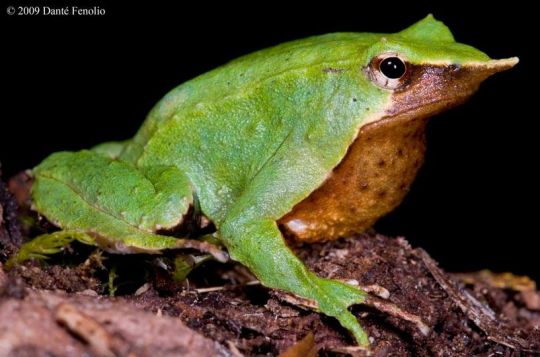
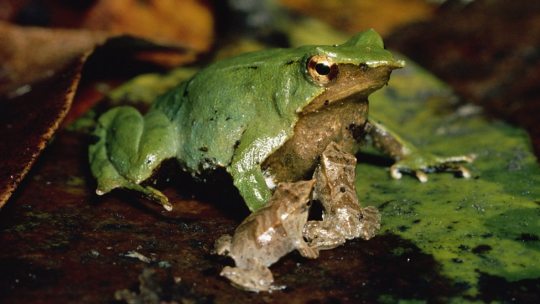
Darwin’s Frog (Rhinoderma darwinii), males with froglets, family Rhinodermatidae, found in the Valdivian Temperate Rain Forest of Chile and Argentina
ENDANGERED.
Famous for its child rearing technique. The male holds both the eggs and tadpoles in his vocal sac. The froglets emerge from the male's mouth after metamorphosing.
Endangered due to habitat destruction.
photographs by Dante Fenolio and Michael & Patricia Fogden
545 notes
·
View notes
Photo

Violet-crowned Woodnymph Thalurania by Michael & Patricia Fogden
92 notes
·
View notes
Text
2022 Reading Log, pt. 22
Two of the five books I read in this block are my nominees for best books I’ve read this year.

106. Hummingbirds: A Life-size Guide to Every Species by Michael Fogden, Marianne Taylor and Sheri L Williamson. I love this gimmick. Printing a book of wildlife photography where the animals are life sized is not something that can be done for a lot of taxa, although there are some others out there (like The Book of Frogs). Hummingbirds are a small enough group that such a book can be comprehensive, but not so small that the book isn’t publishable as a book. The photography is, as you would imagine, excellent, and there’s info about their life histories and possible classification changes for the birds as appropriate. Not all species are depicted life size, but about 90% are—the back of the book has shorter entries on birds that they couldn’t get photographs of (in some cases, because they’re extinct or only known from museum specimens).
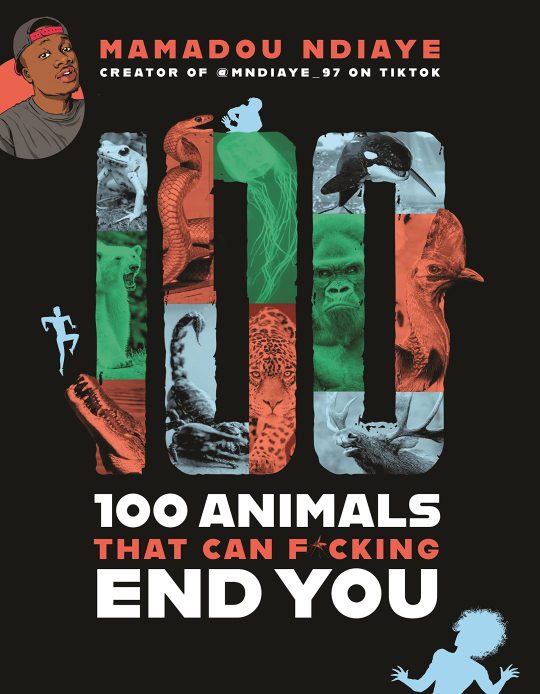
107. 100 Animals that can F*cking End You by Mamadou Ndiaye. I’ve read books based on blogs, and books based on podcasts. But this is the first book based on TikTok that I’ve read. I’ve seen a few of Ndiaye’s wildlife videos, and they were fun enough that I wanted to check this out. This is also fun, but fairly slight, as is appropriate for a book based on a short video format. One of the things I found especially charming is that the TikTok algorithm’s ban on the words “die” or “kill” is maintained throughout, so there’s lots of baroque euphemisms and metaphors for how lethal these animals are. Animals are rated on a 1-10 Merk scale, with 10 being the most deadly (except not, because humans get a 99, appropriately). Wanna know what animals rate a solid 10? African elephant, Bengal tiger, chimpanzee, crocodile (covered in total, but most of the text is on Nile crocodiles), hippopotamus, mosquito, orca, polar bear. A pretty respectable list.

108. Accidental Gods: On Men Unwittingly Turned Divine by Anna Della Subin. A nomination for Book of the Year; I loved this. It’s a challenging read, but a very good one, and it made me think. The book is about humans who were seen as divine by other humans in the last 500 years, and how our thoughts on that shaped the philosophy of religion. The theses are twofold: 1) that Western civilization, being built on Greco-Roman philosophy and Christianity, shouldn’t be surprised that humans are seen to have assumed divinity, and 2) these instances were predominately those of the victims of capitalism, white supremacy and colonialism trying to cope with these injustices. We start with Haile Selassie and the Rastafarian movement and several other 20th century instances, move on to how India and its enormity of gods, and how porous the lines seemed to be between gods and men, baffled and angered the British Raj, and then how European colonizers claimed that they were seen as gods by native Americans, and invented the concept of whiteness in the process of enforcing these hierarchies. I learned a lot and highly recommend it.

109. Dinosaurs: New Visions of a Lost Word by Michael J. Benton, illustrated by Bob Nicholls. The book is written for a YA level audience—late middle school or early high school, and covers fifteen Mesozoic animals (not all of them are dinosaurs; that shouldn’t surprise anyone since it’s a pterosaur on the cover) and what their life appearances were, and how we know. Benton was on one of the teams that first discovered the preservation of melanosomes in dinosaur fossils, so there’s a lot of discussion of feather color and the technique. The highlight of the book is in its pictures—both detailed photographic reproductions of the fossils in question, and Nicholls’ life reconstructions of the animals. There is some weirdness in the text, but I think I’m just the most likely to pick up on it; at one point, Benton implies that descriptions of new species and other taxonomic work is less important than life reconstructions, which: rude.
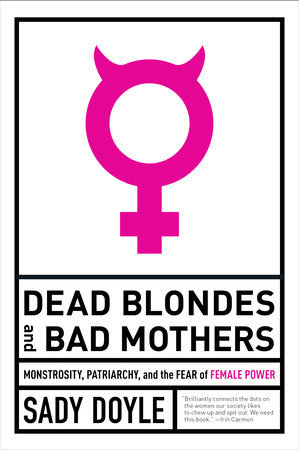
110. Dead Blondes and Bad Mothers: Monstrosity, Patriarchy and the Fear of Female Power by Sady Doyle. Another nominee for book of the year, this is a breezier read than Accidental Gods but still contains sensitive issues. Namely, patriarchy, misogyny and rape culture. The book is split into three overarching themes, each of which is related to how it scares men and has been reflected and distorted in horror: daughters, wives and mothers. Some of the stuff in here brought things I have often thought about, or at least occasionally wondered about, into sharp relief; one of the author’s theses is that slasher movies and true crime are popular with young women as ritual catharsis. In a world where women’s bodies and lives are vulnerable to male predation, media that recognizes that danger is important and valued. I also have an uncommon recommendation to go along with this book: read the Resources. There’s commentary on the movies, TV shows and books discussed, which adds some good context and is occasionally very funny.
#reading log#media studies#horror#misogyny#patriarchy#dinosaurs#paleontology#paleobiology#comparative religion#world history#capitalism#colonialism#animals#when animals attack#hummingbird#birds#wildlife photography
7 notes
·
View notes
Text





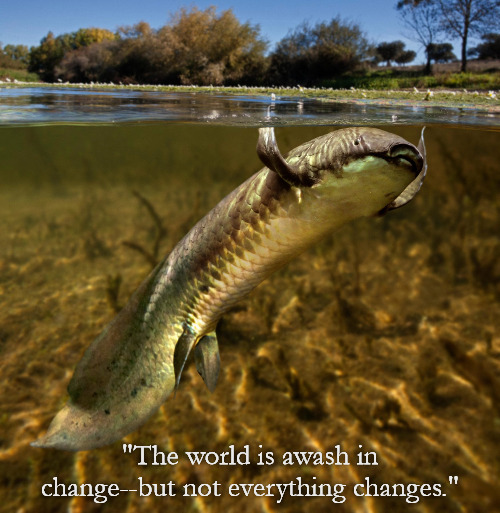


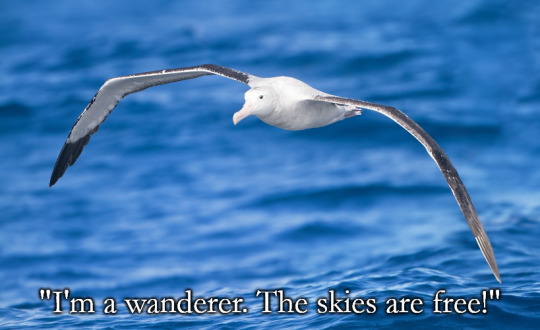






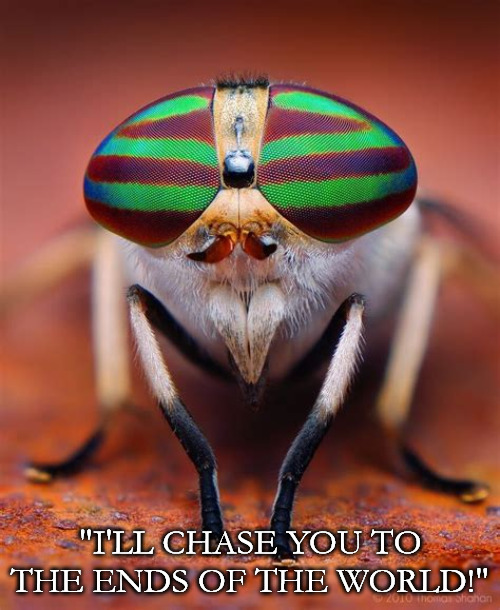

Pokemon Mystery Dungeon: Blue Rescue Team Quotes X Wildlife Photography
Image Sources:
1 Terry priest on Flickr
2 Venomous Visions UK
3 Juan Cruzado Cortés, some rights reserved CC BY-SA)
4 Agave Tequiliana by Stan Shebs on Wikimedia Commons
5 amenic 181 at https://www.istockphoto.com/photo/green-sprouts-gm520580320-91006587
6 Paulo Oliveira / Alamy Stock Photo
7 Paul D. Brook
8 ??? closest I could find was this
9 JJ Harrison
10 Michael & Patricia Fogden
11 ???
12 Piotr Naskrecki
13 Aquarium of Pacific, Andrew Reitsma
14 Steve James, Worldbirder.blogspot
15 From https://www.vtherpatlas.org/herp-species-in-vermont/plethodon-cinereus/
16 Thomas Shahan on Flickr
17 Phil-Champion, https://plants.ces.ncsu.edu/plants/drosera/
0 notes
Photo
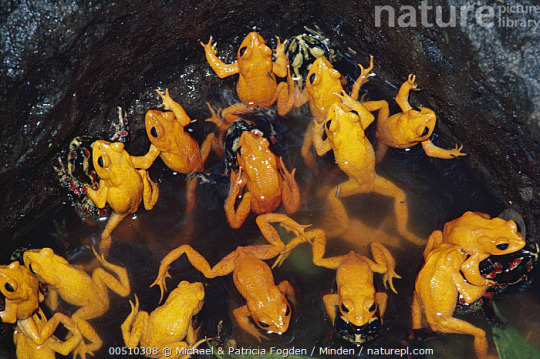
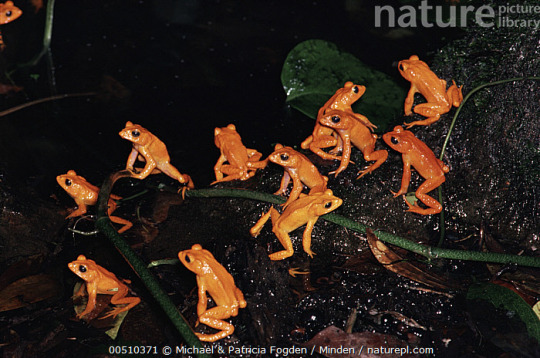
Golden Toad (Bufo periglenes) males at a breeding aggregation, Monteverde Cloud Forest Reserve, Costa Rica.
Sadly, these guys were declared extinct in 1989.
Photos by Michael & Patricia Fogden [1] [2]
3 notes
·
View notes
Text
Animal of the Day!
Giant Golden Mole (Chrysospalax trevelyani)

(Photo by Michael and Patricia Fogden)
Conservation Status- Endangered
Habitat- South Africa
Size (Weight/Length)- 500 g; 24 cm
Diet- Insects; Lizards; Worms
Cool Facts- What in the world is this thing? The giant golden mole is the only known mammal to have iridescent fur, meaning that it looks metallic in the sunlight. They are completely blind and deaf, relying on vibrations and touch to hunt for their food. Giant golden moles are completely nocturnal but will rarely leave their burrow unless to hunt.
Rating- 12/10 (Shiny and special.)
#Animal of the day#Animals#Mammals#Wednesday#November 3#Giant golden mole#biology#science#conservation#the more you know
157 notes
·
View notes
Photo

Swans at Hallstatt
© Chalermkiat Seddomai / GettyImages.com
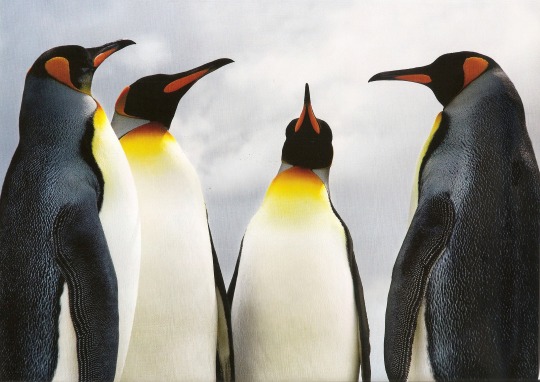
King Penguins in the Falkland Islands.
© Kwest / Shutterstock.com

White-necked Jacobin (Florisuga mellivora) hummingbird
© Michael & Patricia Fogden / GettyImages.com

Peacock
© Sunheyy / Dreamstime.com

Domestic ducklings in meadow
© Cornelia Doerr / GettyImages.com

Black-capped chickadee (Poecile atricapillus) on flowing Quince.
© StevenRussellSmithPhotos / Shutterstock
#animals#wildlife#nature#black capped chickadee#shutterstock#gettyimages.com#dreamstime.com#ducks#peacock#hummingbird#king penguins#swans
3 notes
·
View notes
Text

Golden toads
By: Michael & Patricia Fogden
From: Natural History Magazine
1984
#extinct#golden toad#toad#amphibian#1984#1980s#Michael Fogden#Patricia Fogden#Natural History Magazine
267 notes
·
View notes
Text
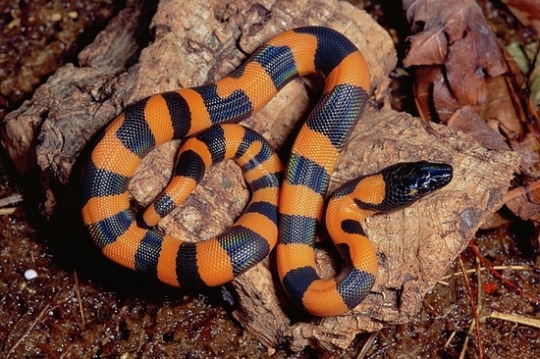
Bismarck Ringed Python (Bothrochilus boa), juvenile, family Pythonidae, found in the Bismark Archipelago, off the NE coast of New Guinea
photograph by Michael and Patricia Fogden
226 notes
·
View notes
Note
For Yakumo. An Illustrated History Of Gardening By Anthony Huxley. Huxle Press, 1998 - Gardening - 352 Pages, 2 Pairs Of Gardening Gloves, A Portable Gardening Tool Kit, And The Natural History Of Flowers By Michael Fogden, And Patricia Fogden Texas A&M University Press, Sep 5, 2018 - Nature - 232 Pages.

“These are wonderful, I’ll be able to help more of the Inns I stop by now with all this.”
0 notes
Text
Sesat di hutan? Kami kongsikan panduan bagaimana mahu terus bertahan dan mencari jalan keluar
Sesat di hutan? Kami kongsikan panduan bagaimana mahu terus bertahan dan mencari jalan keluar
Sesat di hutan memang sesuatu yang tidak ingin kita tempuhi. Itu menjadi satu igauan buruk buat sesiapa pun, baik yang berpengalaman apa lagi yang tidak. Sebab itu, amat penting untuk kita tahu dan bersedia dengan perkara-perkara asas di hutan apabila mahu menjejakkan kaki ke dalam hutan. Setiap hutan berbeza bacaannya, berbeza tingkahlakunya. Jadi, tidak boleh kita anggap semua hutan itu sama…
View On WordPress
0 notes
Audio
Yellow-headed Parrot
The yellow-headed parrot, related to the cockatoos, keas, lories, macaws, and parakeets, is native to the rain forests of the Amazon basin. The yellow-headed parrot feeds mainly on fruit, seeds, and nuts. As in other parrots, the claws have two forward-facing toes and two backward-facing toes, allowing the parrot to climb and feed in a secure and effective manner. In addition to their claws, parrots use their hooked beaks as a third “foot” when climbing.
Michael Fogden, Oxford ScientificFilms/Library of Natural Sounds,Cornell Laboratory of Ornithology. Allrights reserved.
0 notes
Text
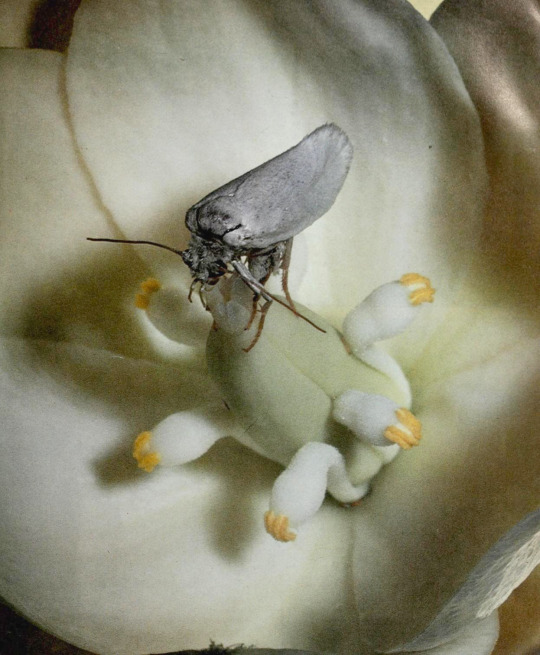
Yucca moth
By: Michael Fogden
From: Wild, Wild World of Animals: Insects & Spiders
1977
155 notes
·
View notes
Text

Leafcutter ant
By: Michael Fogden
From: Wild, Wild World of Animals: Insects & Spiders
1977
#leafcutter ant#ant#hymenopteran#insect#arthropod#invertebrate#1977#1970s#Michael Fogden#Wild Wild World of Animals
31 notes
·
View notes
